Mallory History
Historical Mallory Panels – 670 Albany Street – 3rd Floor
Four wall-mounted panels portraying the history of the Boston City Hospital, the Mallory Institute of Pathology, and the Boston Medical Center are mounted in the lobby of 670 Albany Street – 3rd Floor and in the Mallory building, now known as Jean Yawkey Place. A team of Frank Burr Mallory’s grandson (his father was George Kenneth Mallory, the Institute’s second director) and designer Richard Duggan prepared the exhibit. Faculty and support staff made many contributions to these fine portrayals of the history of pathology at Boston City Hospital and Boston Medical Center. The panels are mounted in the 3rd floor lobby at 670 Albany Street and in the Mallory building, now known as Jean Yawkey Place. We encourage you to take a closer look at the exhibit following the links below and to visit the exhibit itself! You can contact Mallory’s grandson at <mallory.ken@gmail.com>
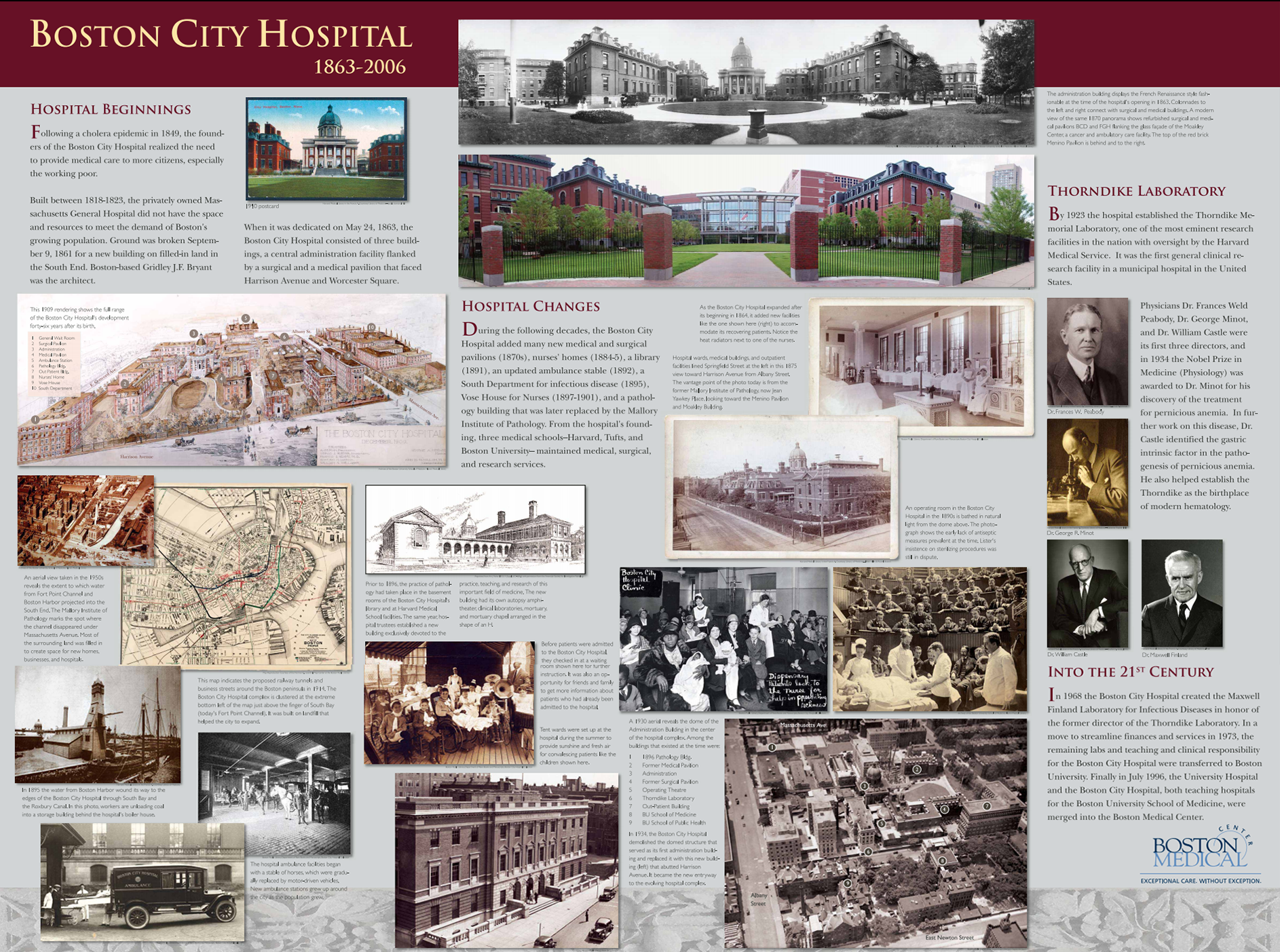
Boston City Hospital
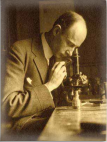
Dr. George Minot 1934 Noble Prize in Medicine
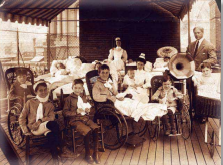
Tent wards were set up at the hospital during the summer to provide sunshine and fresh air for convalescing patients like the children shown here.
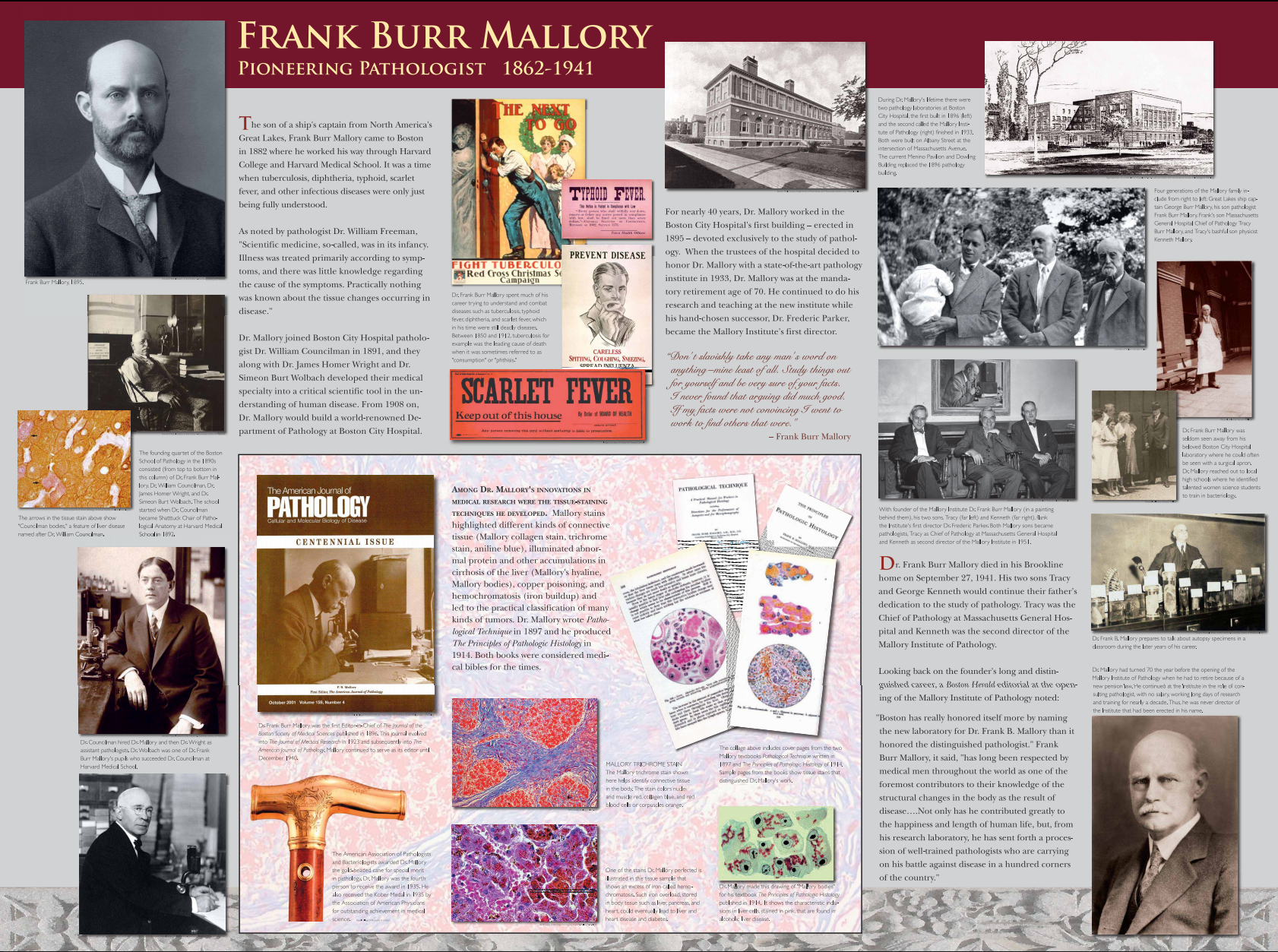
Frank Burr Mallory
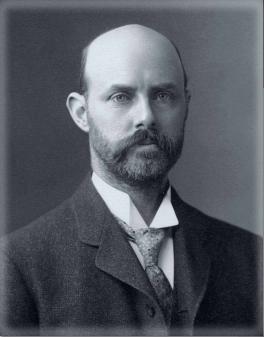
Dr. Frank Burr Mallory, Pioneering Pathologist 1892-1933
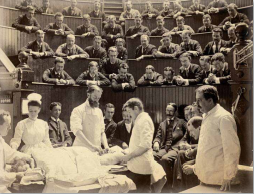
An operating room in the Boston City Hospital in the 1890s is bathe in natural light from the dome above. The photograph shows the early lack of antiseptic measures prevalent at the time. Lister’s insistence on sterilizing procedures were still in dispute.
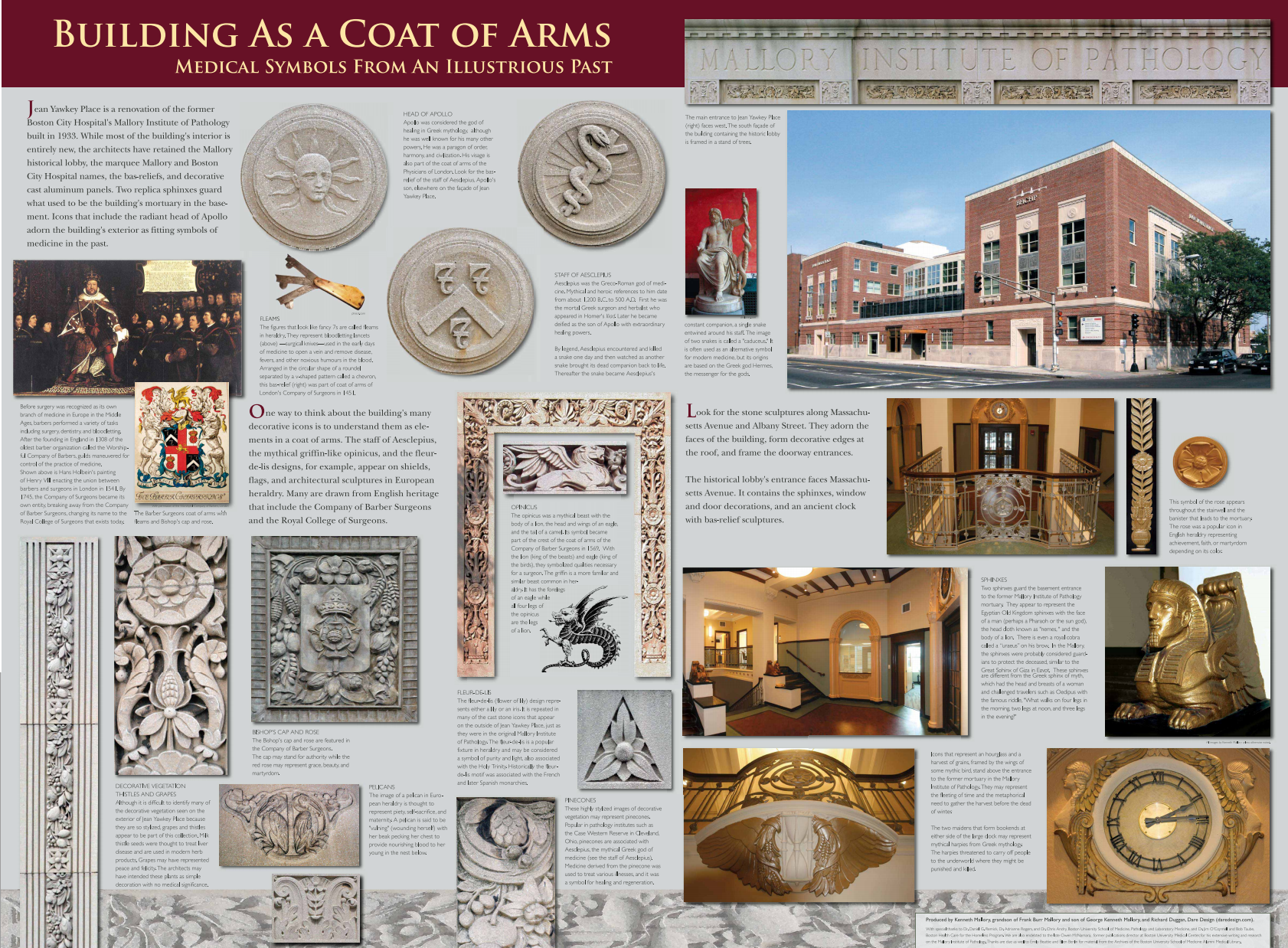
Building as Coat of Arms
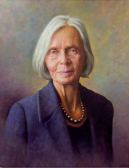
Dr. Adrianne Rogers, Director of the Office of Medical Education
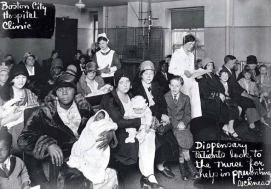 Before patients were admitted to the Boston City Hospital, they checked into a waiting room shown here for further instructions. It was also an opportunity for friends and family to get more information about patients who had already been admitted to the hospital.
Before patients were admitted to the Boston City Hospital, they checked into a waiting room shown here for further instructions. It was also an opportunity for friends and family to get more information about patients who had already been admitted to the hospital.
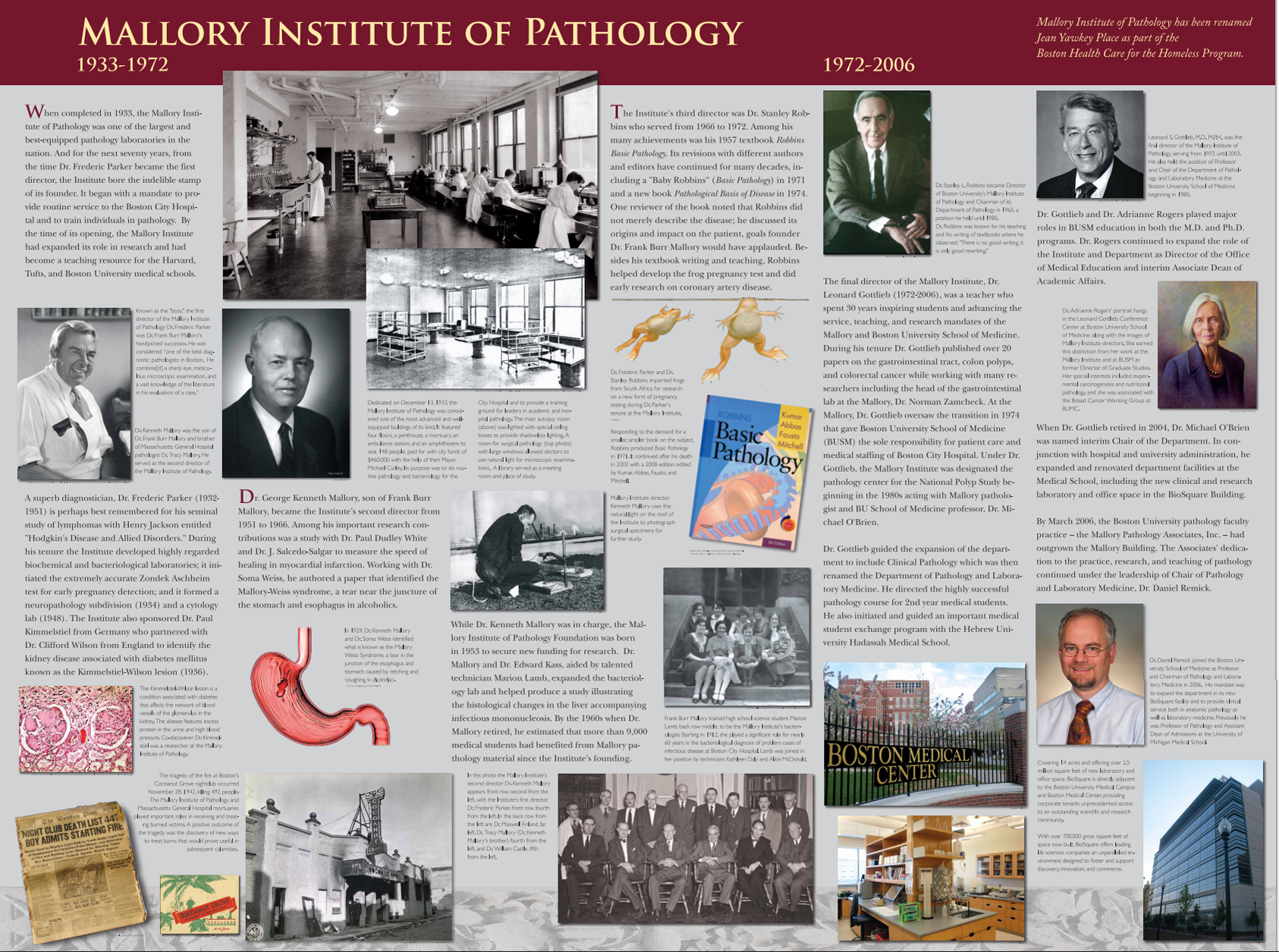
Mallory Institute of Pathology
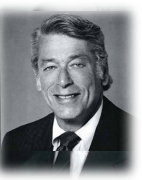
Leonard Gottlieb MD, PhD Director of Mallory Institute 1972-2003
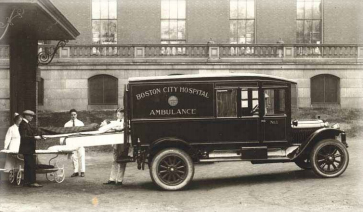
The hospital ambulance facilities began with a stable of horses, which were gradually replaced by motor-driven vehicles. New ambulance stations grew up around the city as population grew.